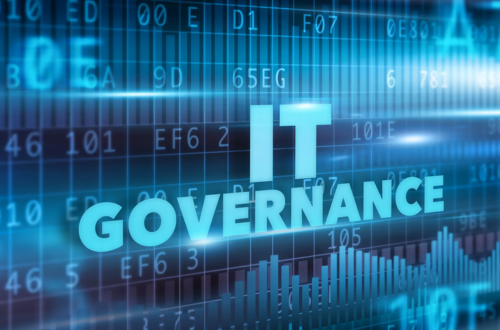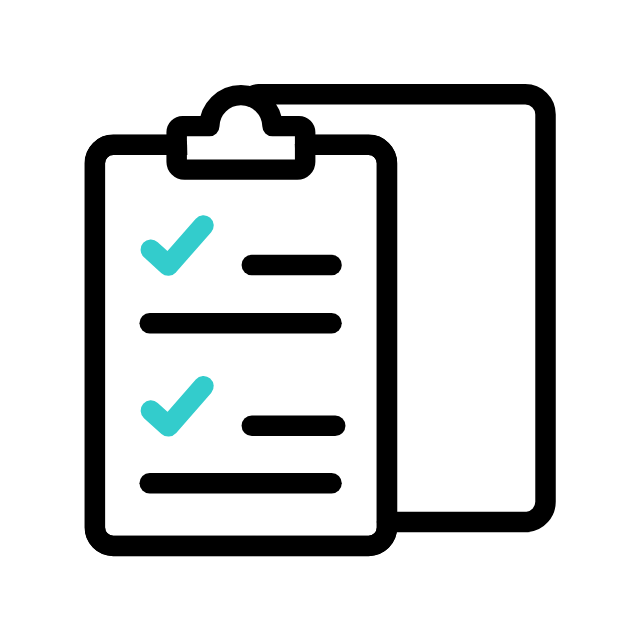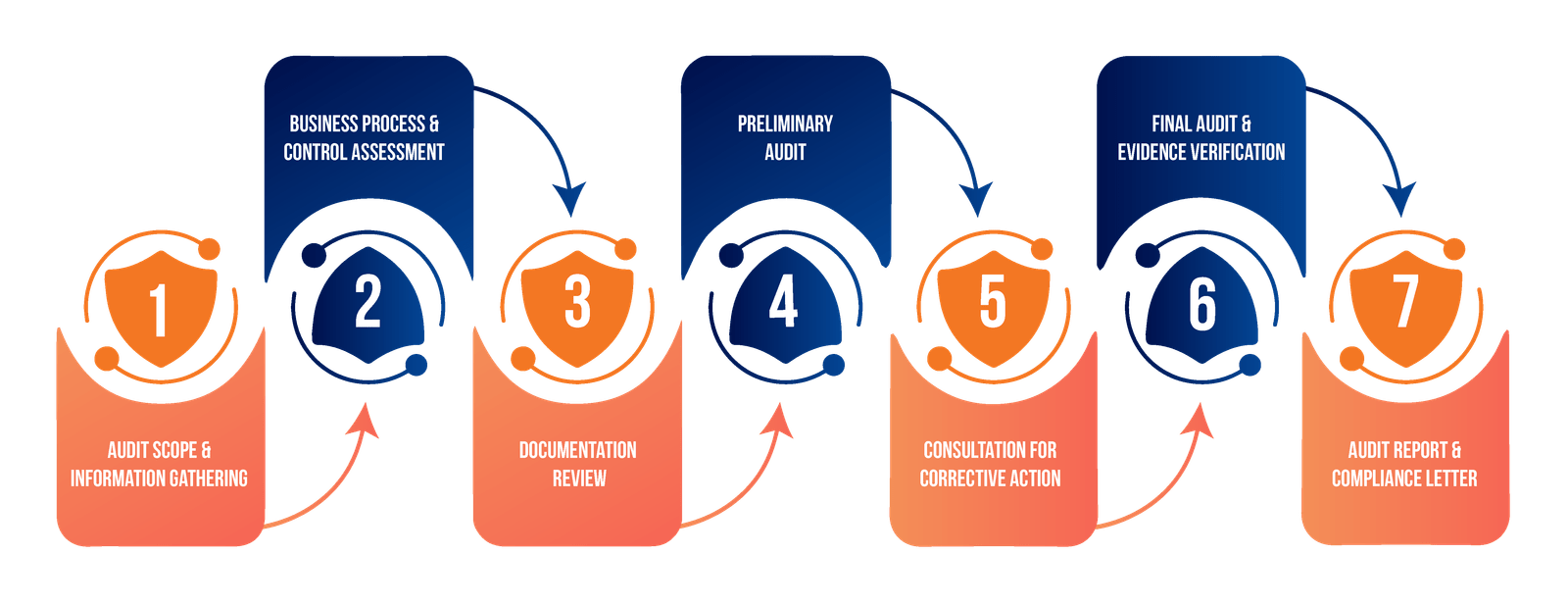


We start with a thorough review of your existing IT management processes. Our team maps existing processes, identifies gaps, and develops a governance strategy aligned with your business objectives. This phase establishes the foundation for sustainable IT governance.

Working closely with your leadership team, we design and implement governance structures tailored to your organization. This includes creating decision-making bodies, defining roles and responsibilities, and establishing communication channels between IT and business units.

We develop comprehensive IT policies that balance control with flexibility. Our approach ensures regulatory compliance while fostering innovation. Key areas include technology standards, security protocols, and investment criteria.

We establish metrics and reporting mechanisms to track IT governance effectiveness. This includes creating dashboards for monitoring key performance indicators, resource utilization, and risk management outcomes.

Our team helps embed a culture of ongoing refinement. We regularly review governance performance, gather stakeholder feedback, and adjust frameworks to meet evolving business needs.

